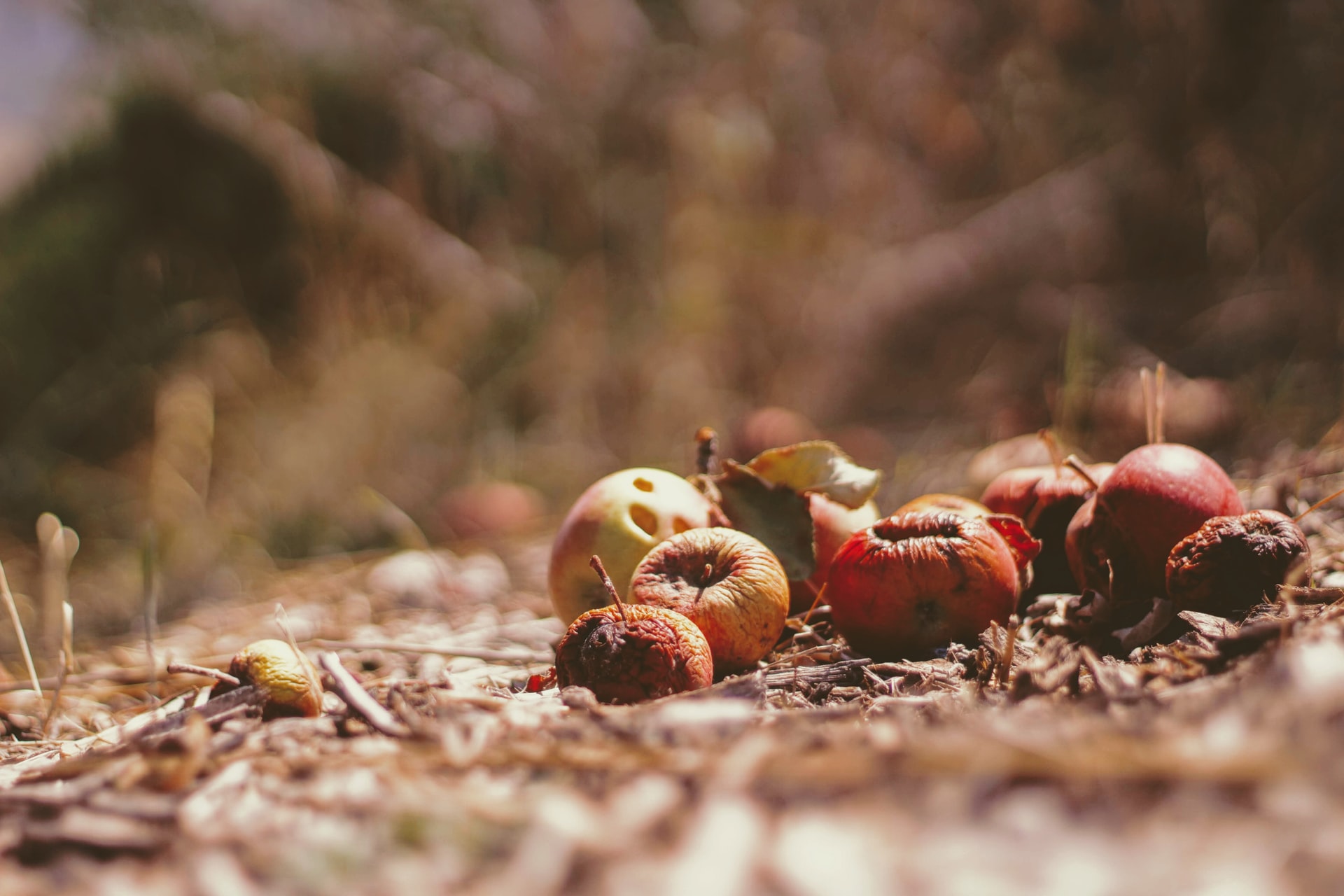How We Can Use Food Waste for Energy

Would you believe me if I told you that every time you took a bite of food, you were dispersing energy? Just like energy coursing through cables, your food has energy too! The sound that your food makes while you eat it, the heat you feel in your mouth, it’s all just energy!
According to the conservation principle of energy, energy is neither created nor destroyed; it just changes its forms. So, the energy used in preparing your food is actually stored in it in the form of potential energy, and that potential energy is converted into sound energy or heat energy when you’re eating it, and eventually is absorbed into your body!
While this is the traditional energy conversion pathway that happens in your body, recently, scientists took to looking at food as not just for energy in your body, but for being used in real life as well. Looking at the intrinsic chemical and physical properties of numerous types of food, they’ve now begun to use food as a new form of renewable energy to replace traditional carbon dioxide emitting processes.
Converting food waste into usable energy
In general, food does have a lot of energy within it, which mostly come from numerous different types of macronutrients, like fats, carbohydrates and proteins. In our body, they break down in our stomach and get absorbed into our blood, which then gives us the energy to get up and be active during our day.

However, this breakdown taking place outside your body wouldn’t have the same effect as we aren’t in a closed system. There’s so many different environmental factors to consider and the process is much different outside as well, which is why you can’t get a pure amount of energy.
Instead, we’re looking at the food itself, not the energy stored in it. We’re looking at the structure of food and how it can be used as filters for UV light when creating solar energy, we’re trying to liquify all this food to make nature-friendly oils, and we’re even attempting to “digest” the food to create gases that can be used for powering other types of energy.
Why is this method better?
The advantage of using food waste to make energy is that it solves two problems simultaneously: the first being, obviously, food waste, but the second being that it also allows for a much cleaner way of getting energy.
For example, traditional power plants burn coal or other fossil fuels to heat up water as steam, which is then used to spin a turbine, generating electricity, but producing a huge volume of carbon dioxide emissions as well. If we can eliminate the coal aspect of this power plant and find something else that’s cleaner to burn and heat the water, it would be a much more environmentally-friendly process, which is exactly what the “anaerobic digestion” of food waste does.

Here, the food waste is converted into biogas, which is a much less carbon-dioxide heavy process, and can then be burned and used to spin the turbine, just like the traditional process but in a much cleaner way. It’s similar to recycling cardboard or paper, but now you’re just doing it with food waste.
Another example is using food crops to filter light for solar energy. AuReus UV-powered solar panels break different unused food crops down and use their particles to trap harmful UV light rays from the sun, which are then converted into solar energy. This helps farmers who had a bad crop season mitigate their costs while also providing a more efficient alternate in the process of solar energy.
How can you help?
The biggest challenge for all these initiatives is trying to find these food sources in the first place. A lot of people are unaware that their food waste or unused crops can help in this way, so spreading awareness through social media or general interactions is a great start.
You can also donate your food scraps to anaerobic digesters across the country that can help convert your food waste into energy. Check out point 5 of this article to know more about how you can make your own donations.
Whether it’s food waste or unused crops, the science of food-to-energy conversion has created a new niche in the way we’ve been going about clean energy, and there is still a long way to go. As we progress through the years in this field, keep track of all its new advancements with us here at Planet Home.


Leave a Reply